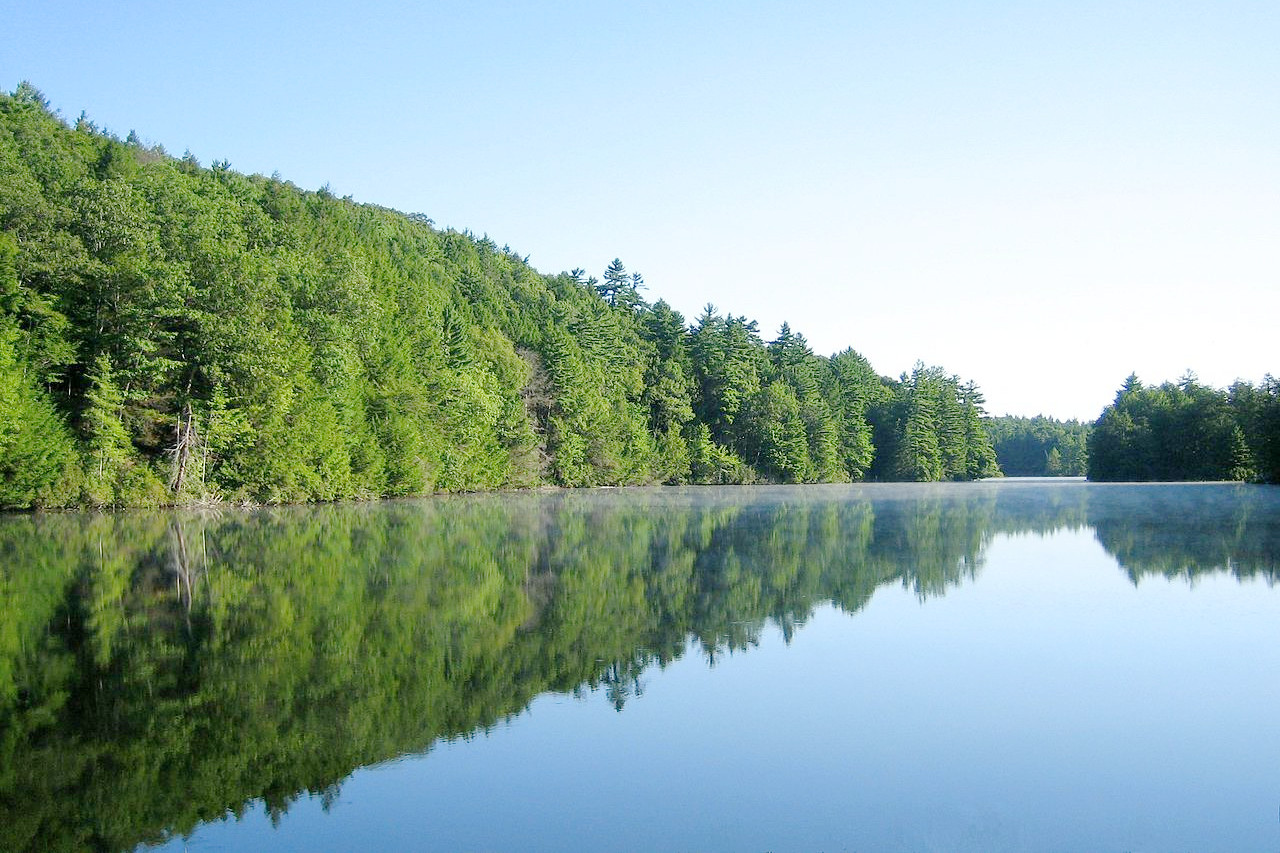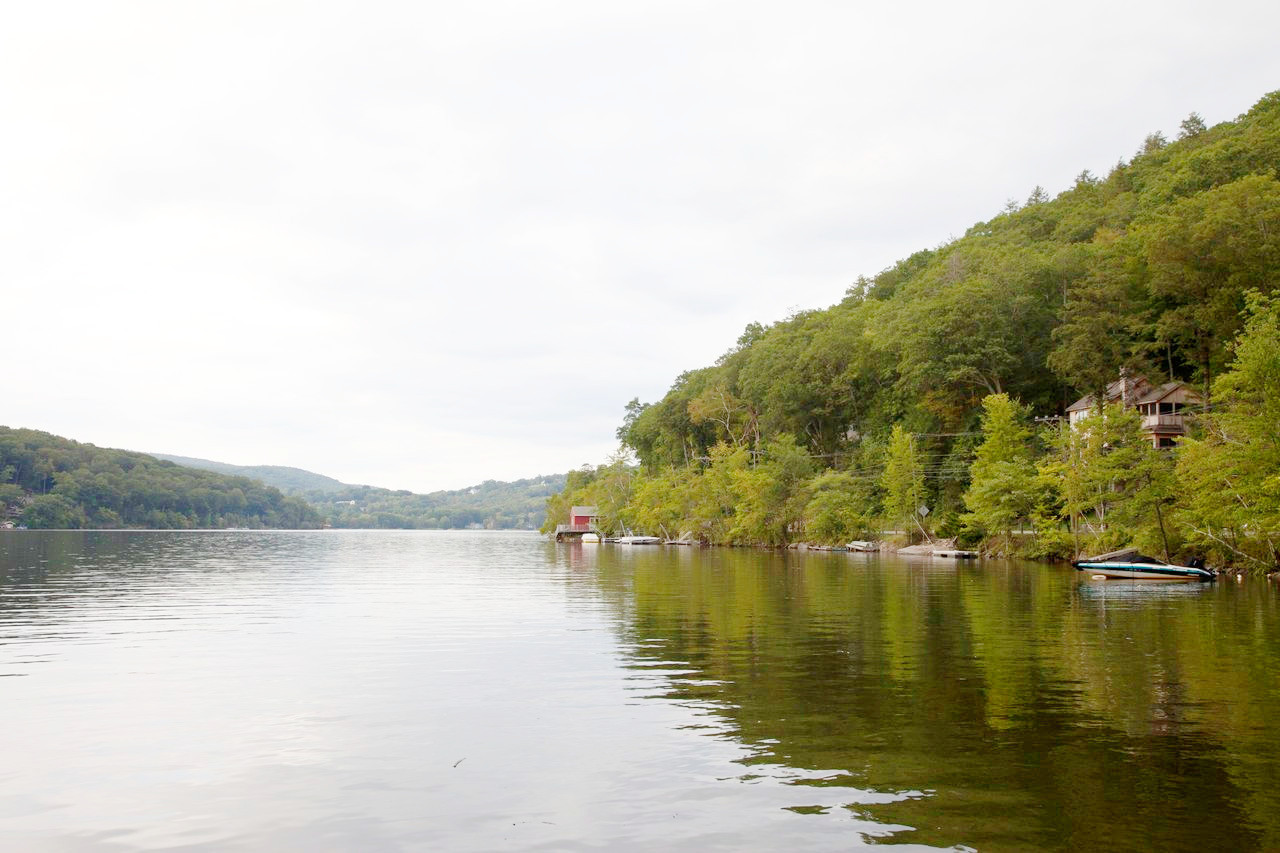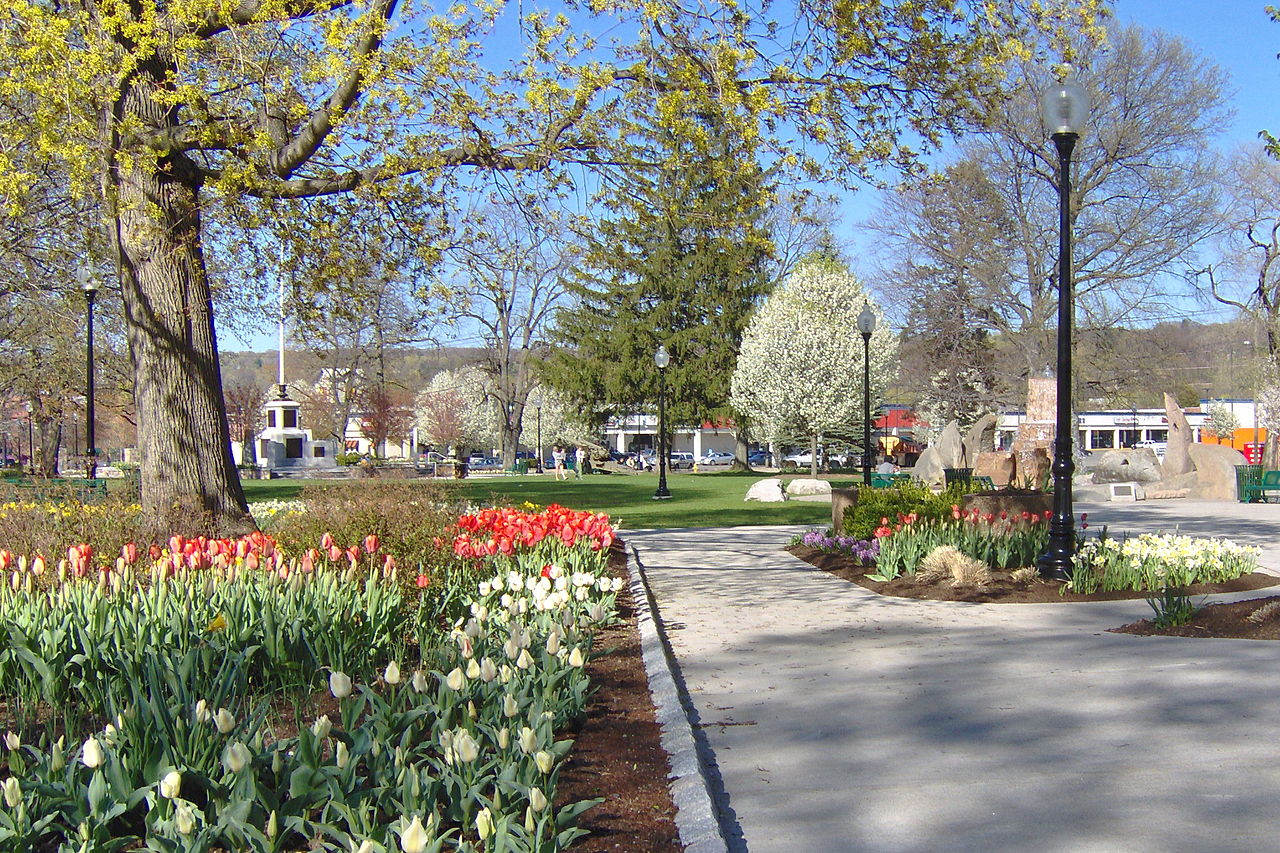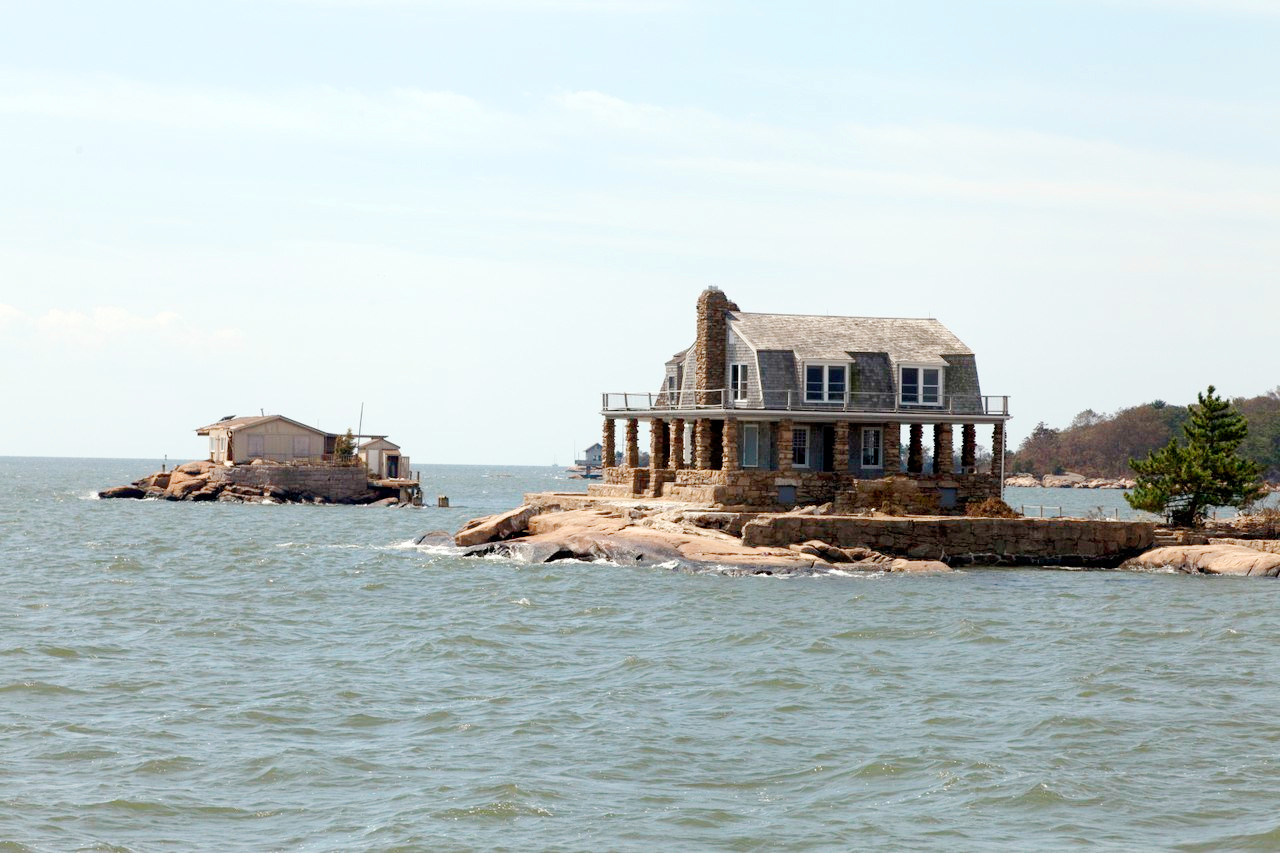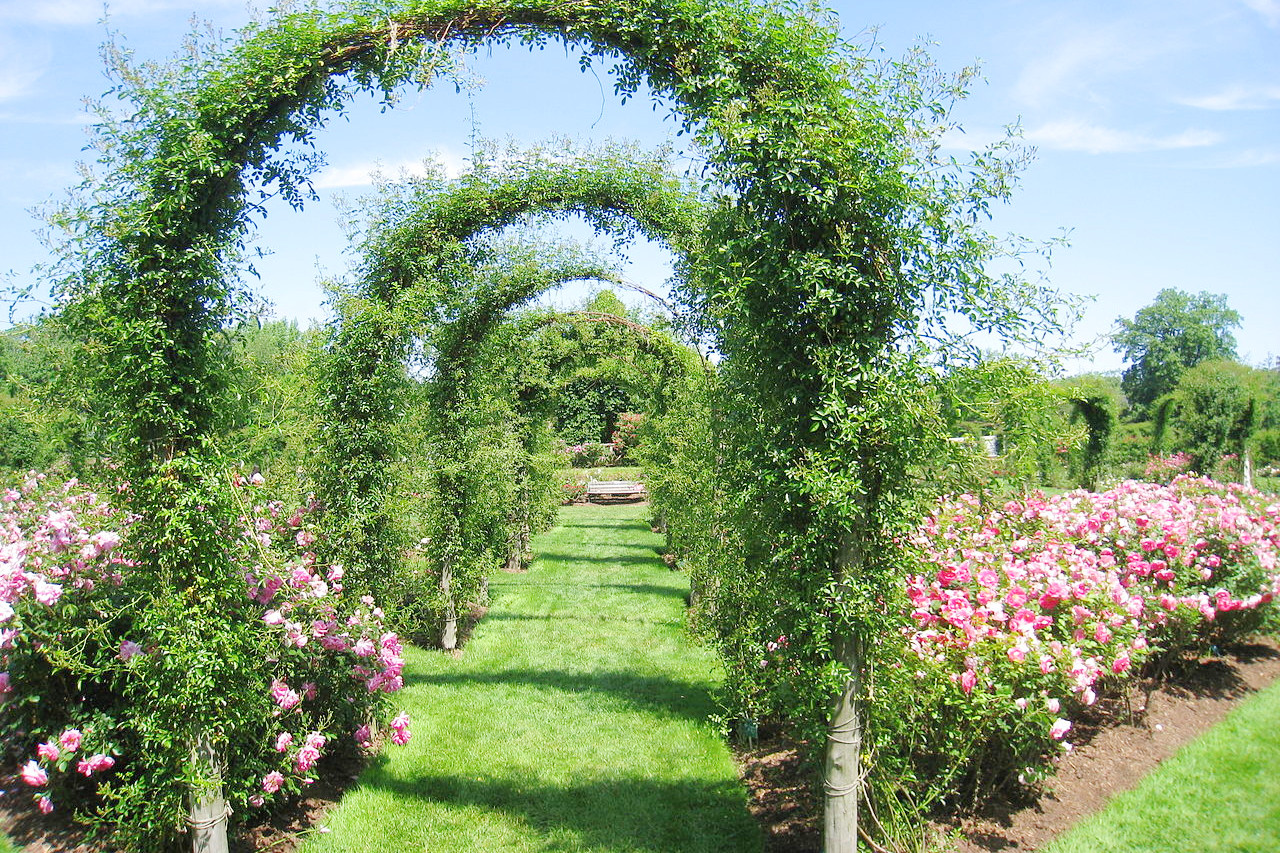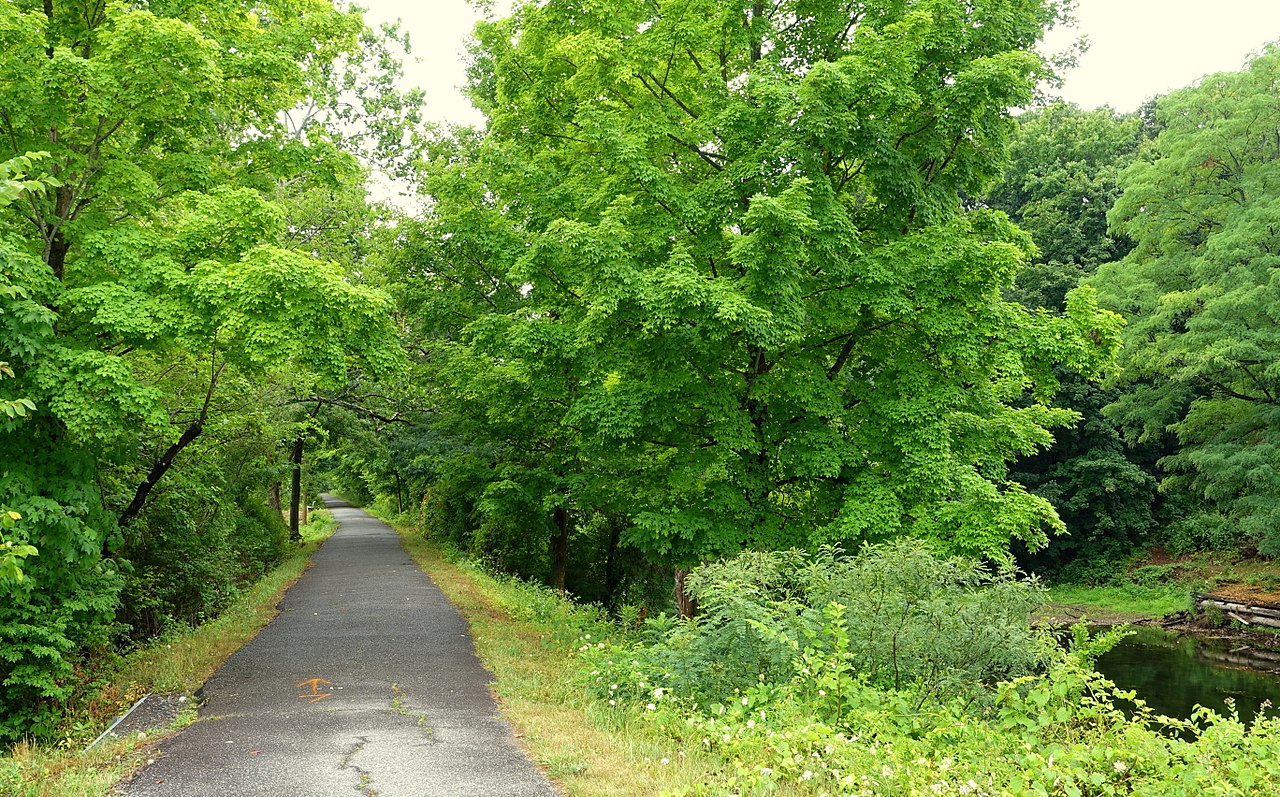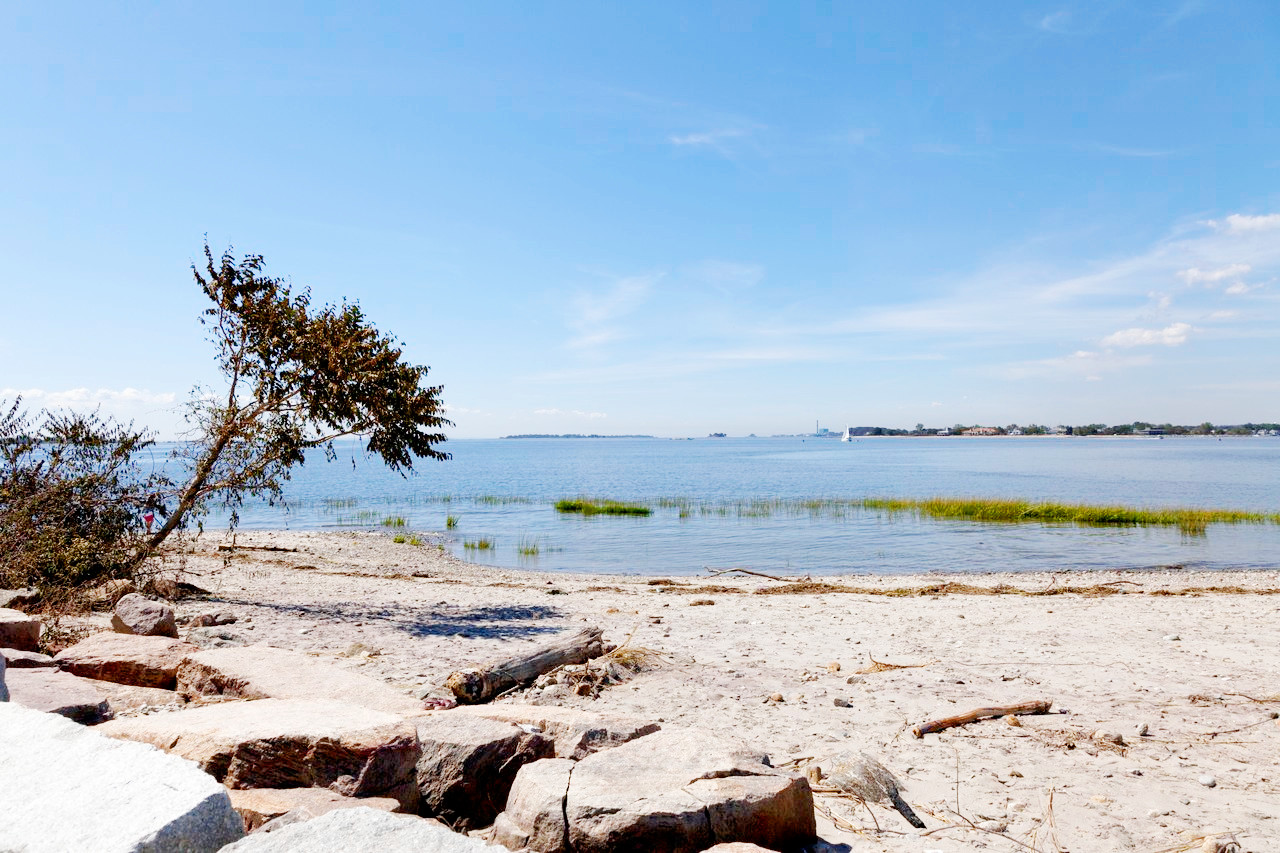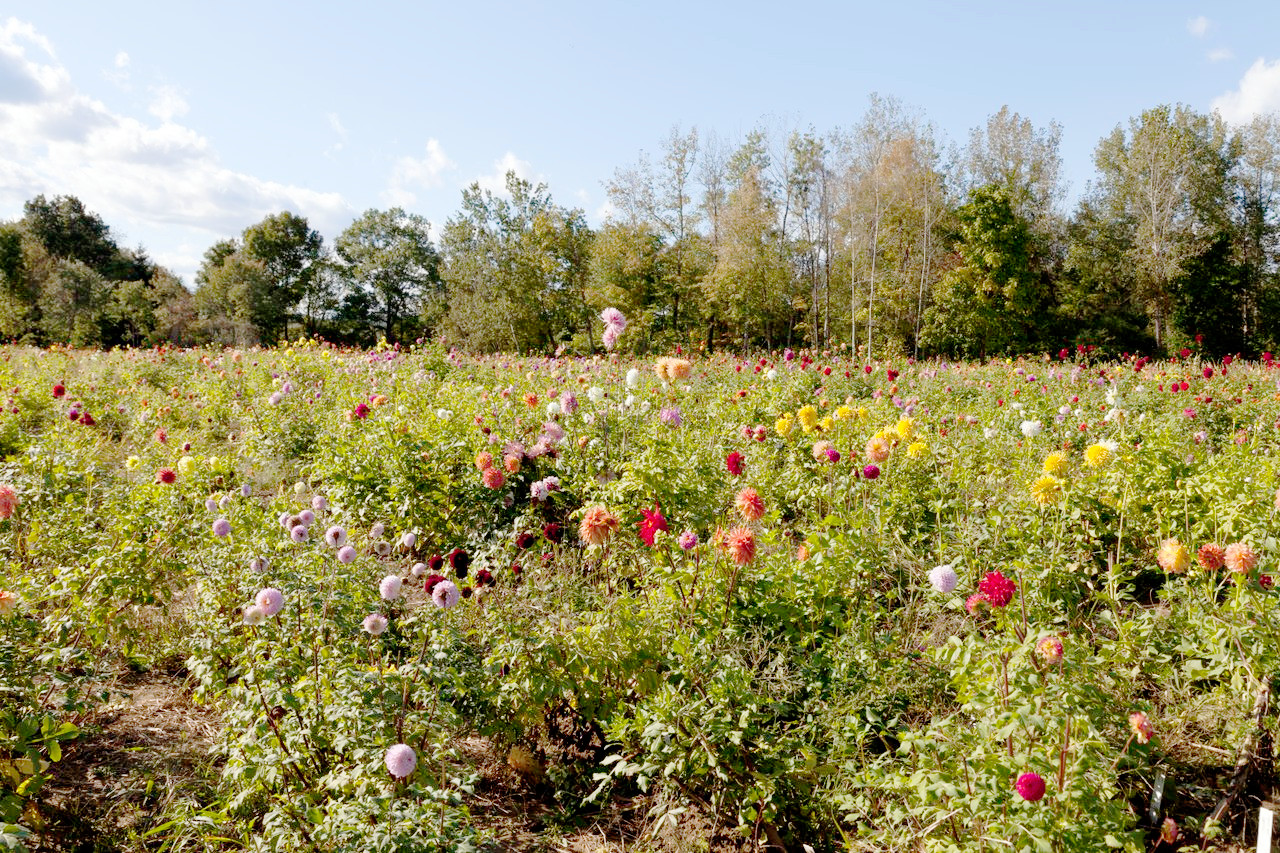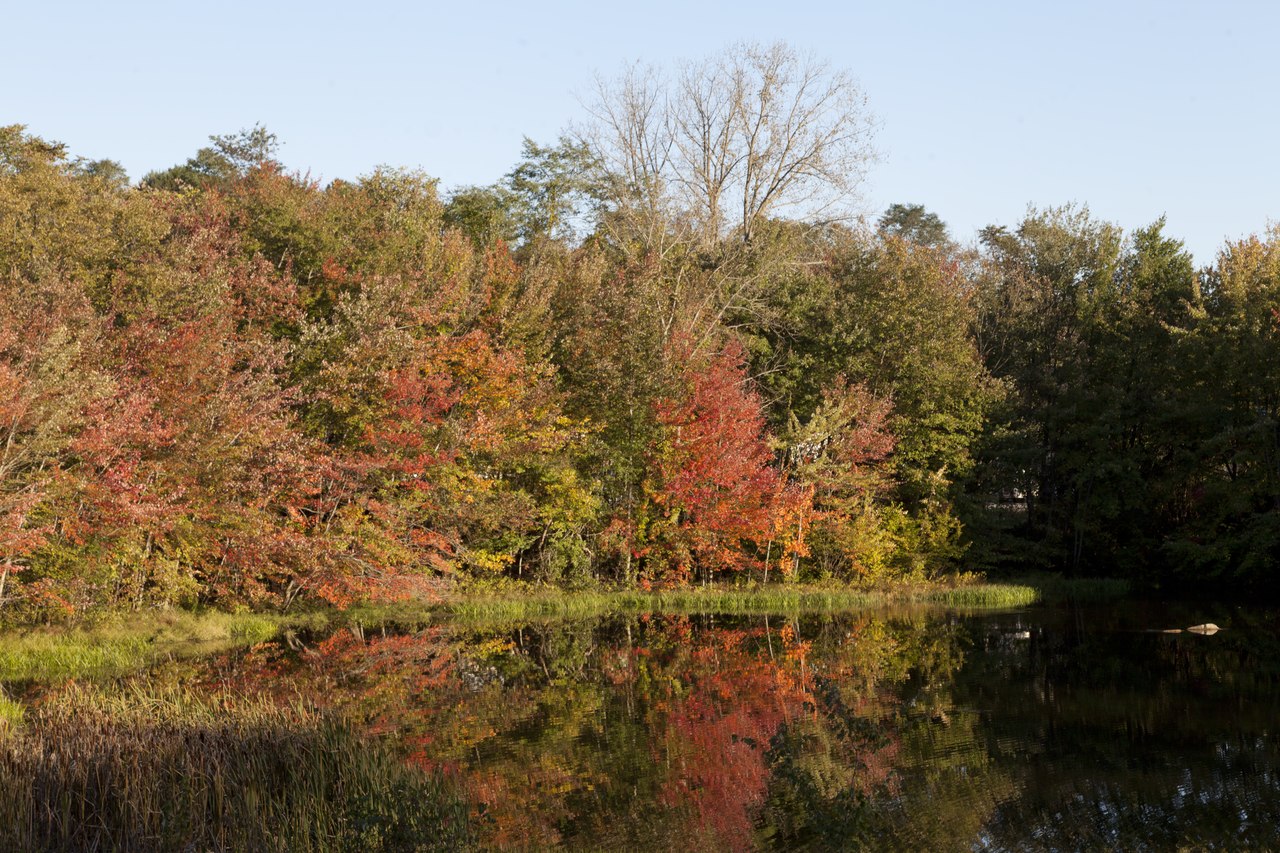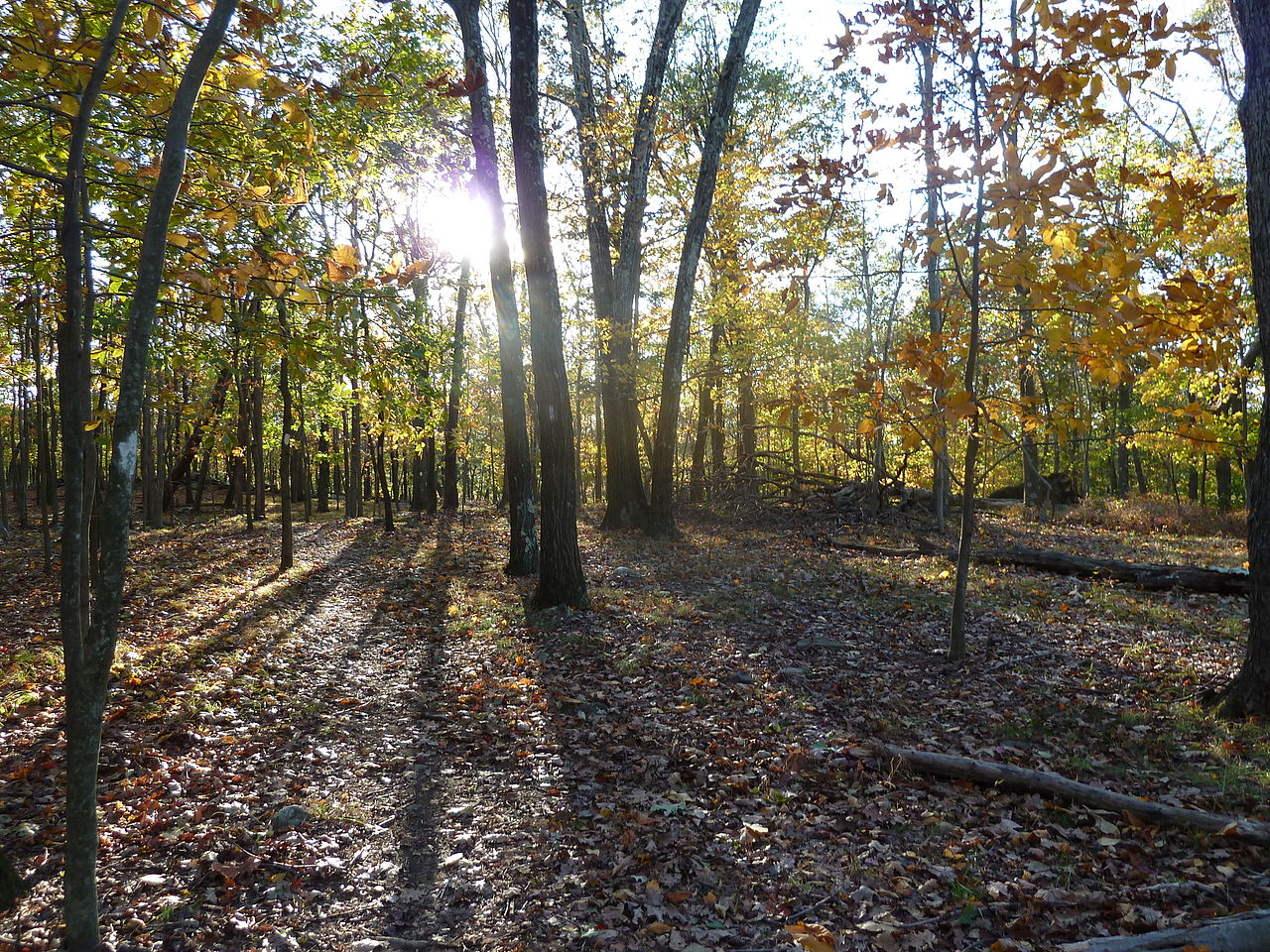The Geography of
Connecticut
Why visit Connecticut?
Connecticut is full of beautiful forests and lakes, which is great for hiking or spending time outdoors. The State has a rugged character with highlands in the northwest. There with a craggy shore line and deep river valleys, especially the mighty Connecticut River. You are never out of sight of the wooded hills, and the wilderness may be reached in a few miles from almost every town.
Contents
Map
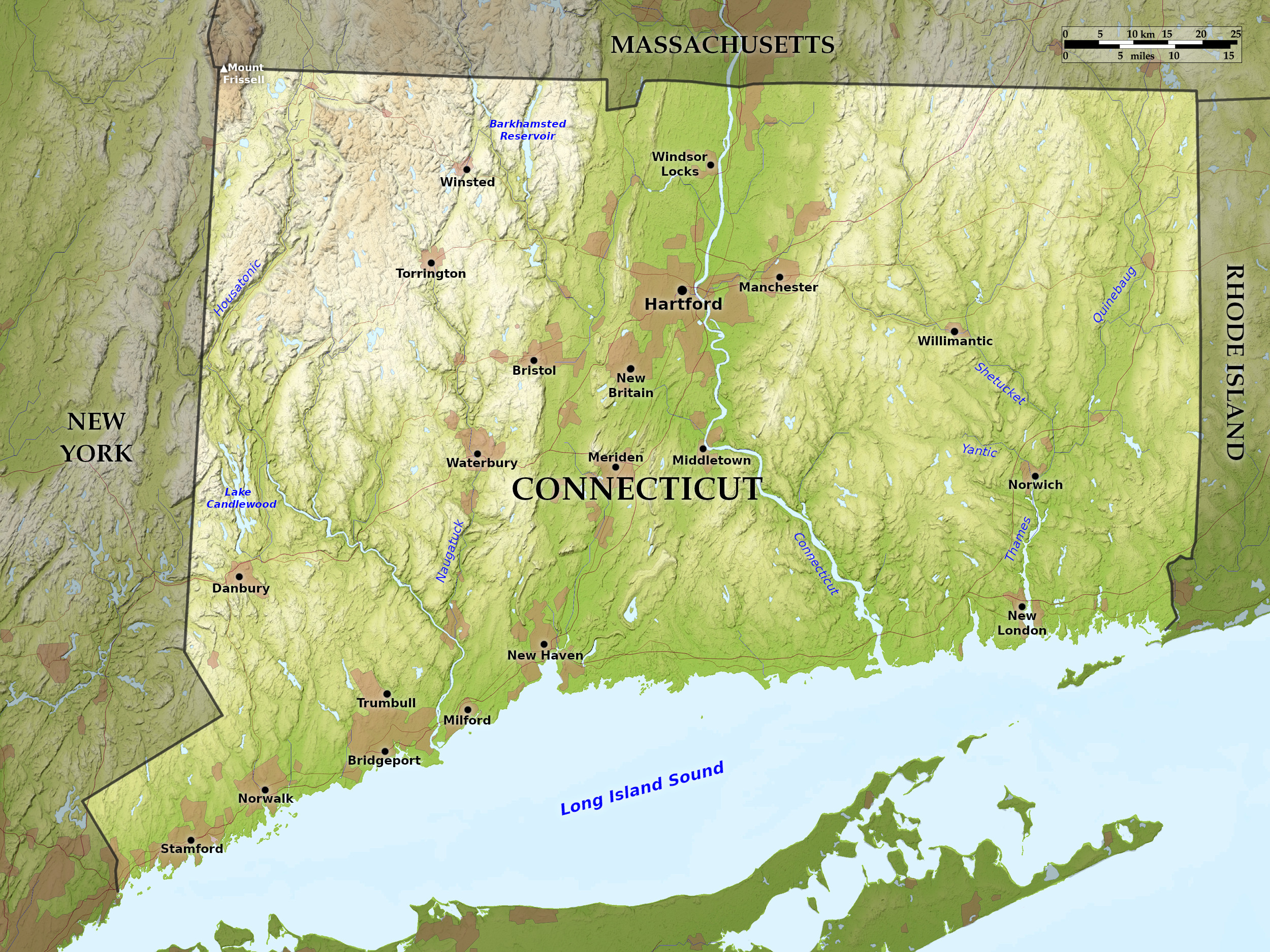 Relief map of Connecticut
Relief map of Connecticut
What is the landscape of Connecticut like?
For one of the USA's smallest states, Connecticut has a remarkable natural and semi-natural diversity. The geography of the state comprises three north-south regions: eastern highlands, a central lowland, and western highlands. The highlands are somewhat rugged, with deposits of glacial material, outcrops of bare rock, and erosion by streams and rivers. The central lowland, which is not more than than 25 miles wide, follows the broad valley of the Connecticut River as far as Middletown, the lowlands then continue southwestward to the coast at New Haven, while the river itself flows southeastward through hill country to its mouth at Saybrook. The central lowland has gentle contours, except for the occasional sharp ridge of igneous rock ("trap ridges"). This belt includes much of the best farmland of the State, and the soil is predominantly reddish in color
In general the land gradually rises as one heads from south to north, and in the northwestern part of the state there are hills of more than 2,000 feet (600 meters). The western highlands are higher than the eastern, while the general height of the lowlands rarely surpasses 200 feet (60 m) above sea level even in the north. Probably the finest scenery in the State is to be found in the northwest corner, where Mount Frissell rises to 2,379 feet (725 meters) (the actual summit though is in Massachusetts). But many other elevations offer superb views. There are streams everywhere, and glacial action left many lakes and waterfalls. There are upwards of 1000 lakes in the State, while of the many rivers the Connecticut River is by far the largest.
Most of the state is drained by three principal rivers, with their branches: the Connecticut in the central, the Housatonic in the western, and the Thames in the eastern part. The Connecticut river flows through the lowland as far south as Middletown, but here this river turns to the southeast into one of the narrow valleys in the eastern upland. The principal rivers in the west section of the upland are the Housatonic with its main branch, the Naugatuck. In the east section is the Thames which is really an outlet for three other rivers—the Yantic, the Shetucket and the Quinebaug.
The setting aside of natural areas in the form of State parks has going on for more than a century, and there are now more than one hundred state parks, and over thirty state forests. These parks were designed fundamentally for purposes of public recreation, and for the preservation of places of natural beauty or historic association. A network of hiking trails has been laid out across Connecticut, and these walking routes are connected with one another and with the trails in adjoining States.
The south coast of Connecticut looks out onto Long Island Sound. The coast of Connecticut is very broken and irregular, and consists of a succession of rocky points and gravel or sandy beaches. It possesses a number of harbors, and the larger rivers have estuary-like mouths. Numerous small rocky islands skirt the shore.
What is the nature of Connecticut like?
Connecticut woodlands are beautiful at every season of the year. As soon as the snow melts from the Connecticut countryside, a trip into the deep woods and a climb into the hill country is rewarded with the discovery of trailing Arbutus, which sometimes blooms beneath the snow. In late April, the budding hardwoods show soft shades of red and green to be found at no other time. Blue and white Violets cover the lowlands, and the cool woods shelter the Hepatica and the Yellow Dogtooth Violet (Erythronium americanum). The starry-flowered Bloodroot (Sanguinaria) is another conspicuous spring plant in suitable situations in wood and shady glen. Cowslips spread a yellow glow along quiet swamp pools. In mid-May, the woods are splashed with the white of the dogwood and wild cherry.
Midsummer is the time of the mountain laurel, and this is the time the wild rose blooms. A trip into the deep woods is rewarded with the discovery of some one of the more delicate orchids. Evening primroses, vetches, clovers, mustard plant, vervains and composites (Asteraceae) are also a part of the pattern.
The Connecticut countryside often appears at its best in autumn when the hardwood hills blaze their autumn colors—especially the scarlet maples and some of the oaks. The scarlets of the woodlands merge with the yellow of the Goldenrod (Solidago) and the browns of ground vegetation. Ivy, climbing around trees and stone walls, adds a flaming red.
Around half of the area of the state is occupied by woodland of one sort or another, a remarkable condition for a region of the country so long settled and having so large a population. The forests dominate the wildest parts of the state, especially the Highlands. The composition of the forests is not disimilar to the original primeval forest. Conspicuous among the deciduous species are the various oaks and hickories, tulip, sugar maple, and beech; among the evergreens the hemlock and white pine, and, at the higher elevations to the northwest, the red spruce.
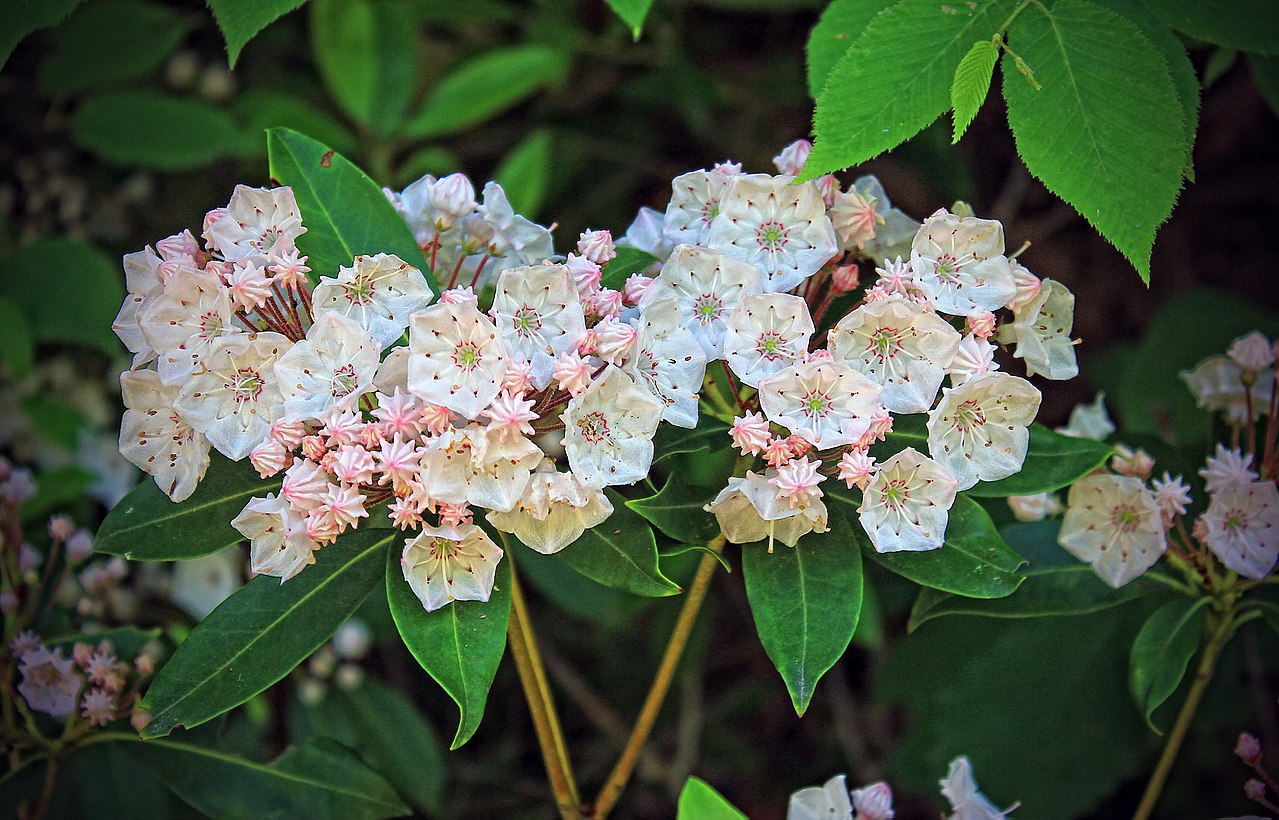
"The offical state flower of Connecticut is the Mountain laurel (Kalmia latifolia). This shrub, which furnishes a dark evergreen cover, has fragrant star-shaped white and pink flowers, and grows profusely in the woodlands and has been planted in shady highway gardens along the roadsides." Credit: Nicholas A. Tonelli
Mountain laurel, the State Flower, is typical of the rocky Connecticut hillsides. Dogwood blossoms are almost as common as laurel and present a magnificent display in June. The pink azalea, locally named 'honeysuckle,' blossoming in pinks shading to red, is found almost everywhere. Clusters of white wild cherry blossoms appear early in the spring. Pasturelands abound with three shrubs: the sweetfern (Comptonia peregrina), the northern bayberry (Myrica pensylvanica), and sheep-laurel (Kalmia angustifolia). The latter is poisonous to mammals. The bayberry fruit has a wax content that has been used in the making of scented candles. Sweetfern has a delightful odor and taste, and has been used to make a tea.
Several kinds of blackberries are conspicuous in June for their wands of white blossoms, and ripen somewhat later than the low bush blueberries. Occasional patches of wild raspberries survive in the State. The black raspberry or thimbleberry is widely distributed. Pokeberries, which abound, though not edible, were used as dye for homespun cloth.
What is the climate of Connecticut like?
The climate of Connecticut varies greatly, although the seasons are a little less extreme than in the northern parts of New England. There is scarcely any spring season, but summer begins abruptly about May, and the cold weather begins in November. The winters, with their keen northwest winds, are cold—in all portions of the State the temperature usually descends below freezing during the winter, but the skies are calm and the air is dry. Summers are warm and can be hot—extreme temperatures ranging from 90°F to 100°F (32°C to 38°C) may be expected at times in all parts of the State.
The rainfall is quite evenly distributed over the entire year, being just slightly higher during the spring and summer months than the fall and winter months. Snowfall can be expect in winter but varies very much from year to year.
| Climate data for Hartford, Connecticut (1991–2020) | |||||||||||||
|---|---|---|---|---|---|---|---|---|---|---|---|---|---|
| Month | Jan | Feb | Mar | Apr | May | Jun | Jul | Aug | Sep | Oct | Nov | Dec | Year |
| Average high °F (°C) | 35.8 (2.1) | 38.5 (3.6) | 47.3 (8.5) | 60.5 (15.8) | 71.7 (22.1) | 79.9 (26.6) | 85.2 (29.6) | 83.3 (28.5) | 75.7 (24.3) | 63.5 (17.5) | 51.5 (10.8) | 40.6 (4.8) | 61.1 (16.2) |
| Daily mean °F (°C) | 27.1 (−2.7) | 29.6 (−1.3) | 37.8 (3.2) | 49.5 (9.7) | 60.0 (15.6) | 68.9 (20.5) | 74.3 (23.5) | 72.5 (22.5) | 64.8 (18.2) | 53.0 (11.7) | 42.3 (5.7) | 32.6 (0.3) | 51.0 (10.6) |
| Average low °F (°C) | 18.8 (−7.3) | 20.7 (−6.3) | 28.2 (−2.1) | 38.4 (3.6) | 48.4 (9.1) | 57.8 (14.3) | 63.4 (17.4) | 61.7 (16.5) | 53.8 (12.1) | 42.4 (5.8) | 33.0 (0.6) | 24.6 (−4.1) | 40.9 (4.9) |
| Average precipitation inches (mm) | 3.28 (83) | 3.13 (80) | 3.81 (97) | 3.88 (99) | 3.79 (96) | 4.28 (109) | 4.17 (106) | 4.21 (107) | 4.39 (112) | 4.52 (115) | 3.51 (89) | 4.08 (104) | 47.05 (1,195) |
| Average snowfall inches (cm) | 14.2 (36) | 14.8 (38) | 9.4 (24) | 1.1 (2.8) | 0.0 (0.0) | 0.0 (0.0) | 0.0 (0.0) | 0.0 (0.0) | 0.0 (0.0) | 0.7 (1.8) | 1.4 (3.6) | 10.1 (26) | 51.7 (131) |
| Source: NOAA | |||||||||||||
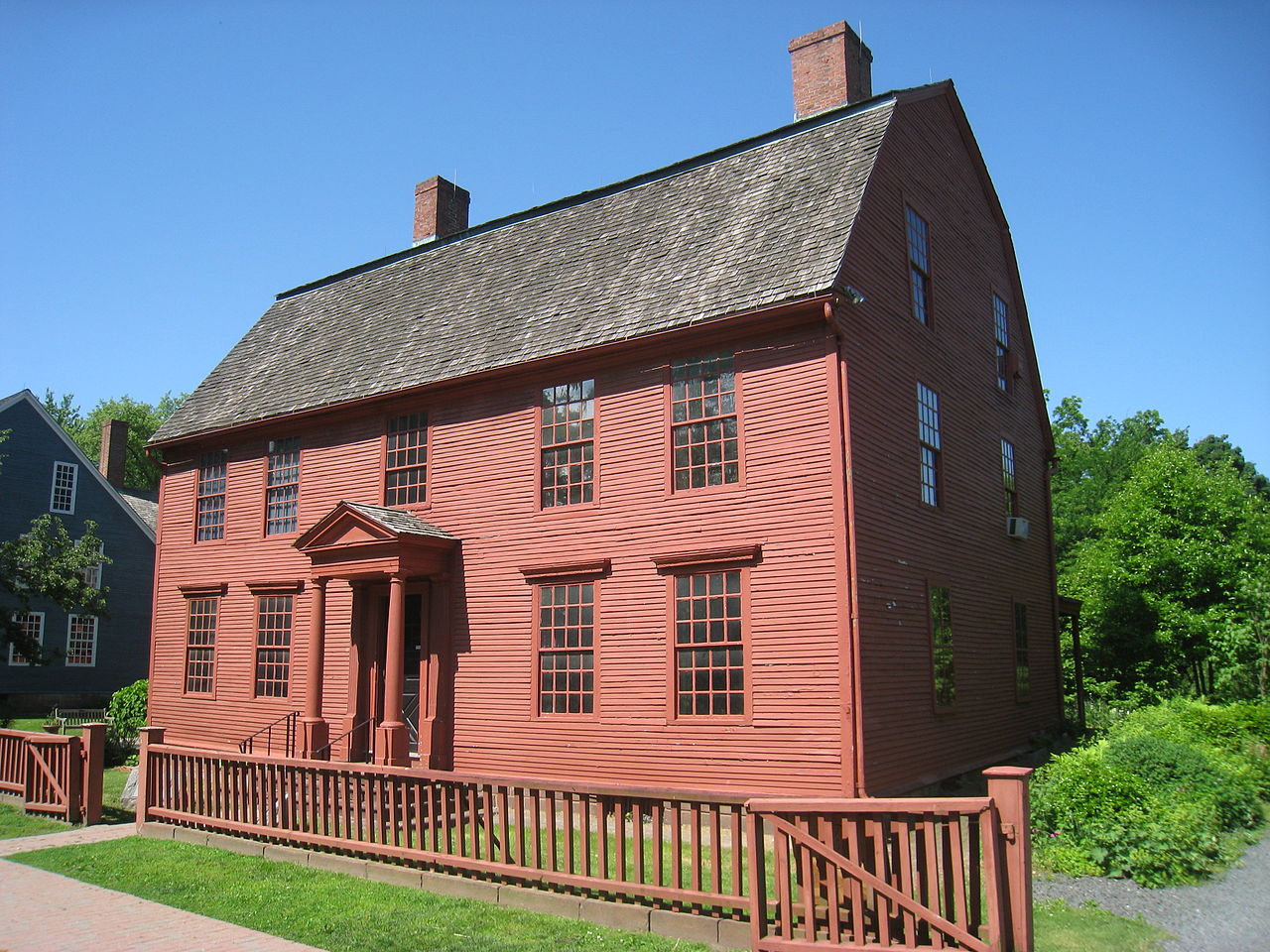 Joseph Webb House, Wethersfield
Joseph Webb House, Wethersfield
The official websites
Connecticut

The Constitution State
| Location: | Part of New England in the northeastern United States, bordering Long Island Sound and the Atlantic Ocean |
| Coordinates: | 41° 30′ N, 72° 45′ W |
| Size: | • 90 km N-S; 145 km E-W • 55 miles N-S; 90 miles E-W |
| Terrain: | Coastal and central lowlands; highlands in the west and east; more than 6,000 lakes and ponds |
| Climate: | A generally temperate climate, with cold winters and warm summers. |
| Highest point: | Mount Frissell 725 m / 2,379 ft |
| Forest: | 55% (2016) (source) |
| Population: | 3,565,287 (2019) |
| Population density: | High (286/km²) |
| Capital: | Hartford |
| Languages: | English; Other (Spanish, Italian, French, Polish, Portuguese) |
| Human Development Index: | Very High (0.954) |
